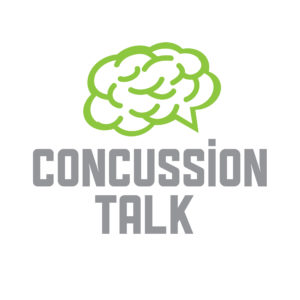“These days, we take pride in being tough enough to inflict pain on others. If an older usage were still in force, whereby being tough consisted or enduring pain rather than imposing it on others, we should perhaps think twice before so callously valuing efficiency over compassion.”
– Tony Judt, Ill Fares the Land
This is a quote more about society in general than it is about sports in particular, but society and sport are so interconnected that the distinction is almost meaningless. I know I’m not breaking new ground by saying that the brain injury issue facing contact sports has a major communication problem, but the point is so important that it’s difficult to overstate.
Take hockey, for example. Any responsible kids’ minor hockey league coach will remind the players that hits to the head are big no-no’s. During the course of a game a player may hit an opposing player in the head (maybe intentionally, maybe not) – the hitter is penalized, the coach may get mad at him or bench him, but, as is so often the case, the hitter is noticed by other coaches for his hard -hitting, agressive style of play. Due to a reckless and dangerous hit that contradicts everything the coach taught him and goes against the rules of the game, that player is noticed and rewarded by being picked for all star teams and the coach is encouraged to give him more minutes. At higher levels, it’s more than other coaches and teams noting this aggressive player and his feared style of play. It’s also sponsors and TV networks, accentuating the pressure on the coach to showcase this player and the new hard-hitting and dangerous style of play.
We need to look at what we, as hockey, football, rugby or any contact sport fan, value in sports. If it’s fluidity of play and athleticism, then we need to make our values known. If it’s aggressive, strong, and tough players enduring pain, then we need to make that known too. Before the brain injury issue became so important, we were watching and playing with a blissfully ignorant belief that we could have it both ways. In time, maybe we can, but not yet.
Then it became ‘no hits to the head’ – if we can end head shots, problem solved. It’s now becoming clear, that while head shots are the most egregious hits, it’s not the hit itself that causes the injury (unless, of course, the hit knocks you out of consciousness). It’s the ricocheting action of the brain in the skull. Therefore, any hit that causes the head to snap back and the brain to ricochet in the skull could cause a concussion. That means almost any hard hit, whether it’s to the head or not.
One of the first things athletes, commentators and fans of contact sports say is that hitting has to stay in the game. Some people say that games can be just as exciting without hitting. These are, in essence, different sports. The brain injury issue is serious and is being taken seriously. Unfortunately, there remains a gulf between the brain injury issue and the ‘integrity of the game’. We won’t see much in the way of progress in sports-related brain injury until we decide which issue is more important. If we decide the brain injury issue is more important, then it will mean some changes to hitting/checking/tackling. If we decide that the ‘integrity of the game’/applying the rules the same way is more important, then players will be unequivocally aware of the risks. One way or the other, risk and reward will be clear and decisive action can be taken.

Leave a Reply